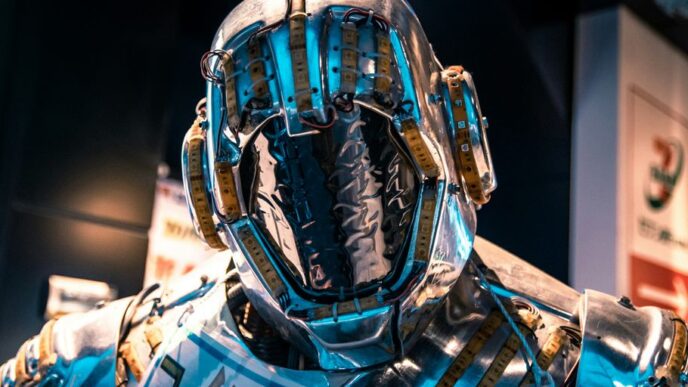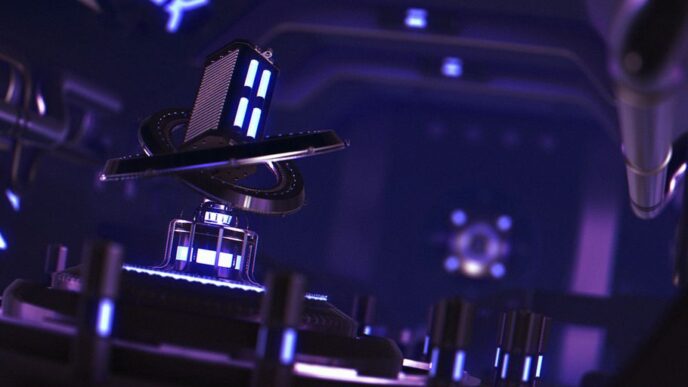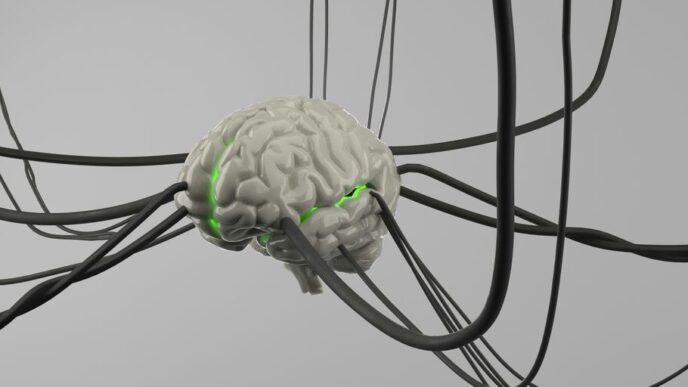Frequently Asked Questions
- What are EnvisionTEC resins?
EnvisionTEC resins are high-performance photopolymer materials designed for DLP 3D printing. They are formulated to meet the mechanical, thermal, and chemical requirements of industrial applications. - What are the main categories of EnvisionTEC resins?
EnvisionTEC resins are classified into four main categories:- Hard Plastics (rigid, durable thermoplastic lternatives)
- High-Temperature Resins (heat-resistant and flame-retardant materials)
- Elastomers (flexible, rubber-like resins)
- Castable Resins (high-wax-content materials for investment casting)
- How do EnvisionTEC hard plastic resins compare to traditional thermoplastics?
They offer comparable properties to ABS, polypropylene (PP), polycarbonate (PC), and glass-filled nylon, making them suitable for functional prototypes, industrial tooling, and end-use parts. - What are the key applications of hard plastic resins?
Hard plastic resins are used for load-bearing functional parts, consumer electronics, lightweight fixtures, jigs, and electrical connectors. - What are the most notable hard plastic resins from EnvisionTEC?
- E-RigidForm (polyurethane alternative)
- Loctite E-3843 (ABS-like resin)
- Loctite IND 405 (polypropylene replacement)
- E-GFP (glass-filled nylon substitute)
- What are high-temperature EnvisionTEC resins used for?
These resins are designed for extreme environments such as aerospace, automotive, and industrial applications where heat resistance and flame retardancy are critical. - Which high-temperature resin has the highest heat deflection temperature (HDT)?
Loctite 3955 HDT280 FST has the highest HDT at 300°C and meets aerospace and rail industry flame resistance standards. - What are the advantages of E-Perform resin?
E-Perform, a ceramic-filled resin, offers high compressive strength, thermal stability, and wear resistance, making it suitable for short-run injection molds and aerospace tooling. - What are the benefits of elastomeric EnvisionTEC resins?
These flexible resins provide high elongation, impact resistance, and tear strength, making them suitable for gaskets, shock absorbers, and medical wearables. - What are the main elastomer resins available?
- Elastic ToughRubber™ 70 (Shore A 70 rubber equivalent)
- Elastic ToughRubber™ 90 (Shore A 90 rubber equivalent)
- How do castable resins differ from other EnvisionTEC resins?
Castable resins have a high wax content and burn out cleanly, making them ideal for lost-wax casting in jewelry, dental, and industrial applications. - Which EnvisionTEC castable resin has the highest wax content?
EasyCast 2.0 has a high wax content and is optimized for clean burnout in investment casting. - Are EnvisionTEC resins suitable for end-use parts?
Yes, many resins, particularly hard plastics and high-temperature variants, have mechanical properties that enable them to replace traditional injection-molded parts. - How do EnvisionTEC resins compare to traditional injection molding?
DLP resins provide superior surface quality, design flexibility, and rapid material switching, though they may have limitations in mass production scalability. - Can EnvisionTEC resins withstand chemical exposure?
Some formulations, such as high-temperature and hard plastic resins, exhibit excellent chemical resistance, though testing is required for specific environments. - What industries commonly use EnvisionTEC resins?
- Aerospace
- Automotive
- Medical and dental
- Consumer electronics
- Industrial tooling
- Are EnvisionTEC high-temperature resins flame-retardant?
Yes, some high-temperature resins, such as Loctite 3955 HDT280 FST, meet flame resistance standards like UL94 V-0. - How durable are EnvisionTEC flexible resins?
They offer high tear strength, elongation, and impact resistance, making them suitable for demanding applications like seals, bushings, and medical devices. - Can EnvisionTEC DLP resins replace traditional thermoplastics?
Yes, many resins match or exceed the properties of conventional materials like ABS, PP, and glass-filled nylon in mechanical strength and heat resistance. - What are the benefits of using DLP technology over FDM or PBF?
DLP provides higher resolution, better surface finish, and material versatility compared to fused deposition modeling (FDM) and powder-bed fusion (PBF). - Are EnvisionTEC resins UV-stable?
Some formulations, particularly hard plastics and high-temperature resins, have improved UV stability, but prolonged exposure may cause degradation. - How do EnvisionTEC resins impact sustainability in manufacturing?
DLP resins enable efficient material use, reducing waste compared to subtractive methods, but they require specialized recycling processes. - Can EnvisionTEC materials be post-processed?
Yes, post-processing options include UV curing, sanding, painting, and coating for enhanced durability and aesthetics. - How does EnvisionTEC ensure material consistency?
EnvisionTEC develops resins with rigorous quality control, ensuring repeatability and performance across different production batches. - Why choose EnvisionTEC resins for industrial applications?
They offer a combination of high mechanical performance, heat resistance, flexibility, and printability, making them a competitive alternative to traditional manufacturing methods.
Learn More About EnvisionTEC Resins
For more information on high-performance EnvisionTEC resins and how they can enhance your manufacturing process, visit RapidMade.













